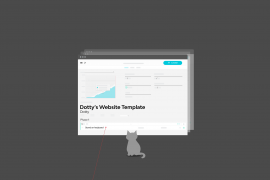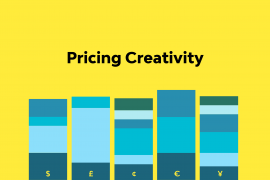According to The Wow Company’s 2015 Benchpress Review of the UK’s independently-owned agencies, 47% have committed to strategic alliances with other agencies in the coming year.

Forming relationships with someone originally thought of as a competitor can feel uncomfortable. Guest blogger, Ruth Kent gives her thoughts and experiences on this tricky but potentially lucrative approach to growing business.
While it’s true that inter-agency partnerships come in a variety of ‘flavours’, the most common set-up is where one ‘leads’ and the other ‘supplies’. It’s this arrangement that we’re going to explore here.
To start here are the possible benefits for each agency and, of course, the client.
Possible Lead Agency Benefits
• Access to niche/specialist skills/expertise within the supplier
• The supplier agency is an agency too, so can ‘hit the ground running’ and scale steep learning curves quickly and successfully.
• The supplier agency can be relied upon when time is tight or when internal resources are already fully engaged, thus enabling the lead agency to offer uninterrupted service to their client.
• A supplier agency is a more flexible and less risky ‘turn off and on’ alternative to growing in-house capabilities/teams.
• Partnership with a supplier agency enables the lead agency to offer a fuller range of services.
• There’s often an opportunity for ‘mark up’ on the supplier agency’s rates.
• The supplier agency can become a very useful, knowledgeable ‘trusted advisor’ to the lead agency.
• Partnering with the right supplier agency can enhance the lead agency’s overall reputation.
Possible Supplier Agency Benefits
• Access to desirable clients via the lead agency and the chance to ‘grow the portfolio’.
• Possibility of lower project/client acquisition costs (the lead agency can often be less demanding re: new business proposal requirements, for example).
• Lead agencies can make very good ‘repeat customers’.
Possible Advantages for Clients
• Ease of management of a variety of skillsets (especially if the lead agency is the primary point of contact, filtering down to the supplier agency).
• Good agency partnerships mean cohesive/consistent work – especially from a brand perspective.
• Agencies can ‘educate’ one another in their respective specialism/offerings, thus generally driving up standards.
• The whole ‘two heads are better than one’ aspect of bringing partner agencies together – leading to better ideation.
• A little ‘healthy competition’ between partner agencies can enhance execution and end results.
• Scope for cost saving opportunities.
But what are the issues you might experience and how do you avoid them?
• It’s possible that agencies may be unable to align successfully because of their differences (values, culture, processes, etc). Agency partners can avoid this with one or more mutual ‘credentials and chemistry’ workshops, before the partnership is put into practice. We’d advise socialising with one another too!
• There might be a disconnect in the general quality of each agency’s output. Again, getting to know one another is an invaluable first step here. You’ll soon get the measure of the output of your potential partner agency.
• Clashes of ego! The easy way to inoculate against this is to have clearly defined roles/responsibilities across the inter-agency partnership and also to avoid ‘doubling up’ on roles.
• The possibility of messy communication and confusion. Avoid this by using the right collaboration tools and communication techniques, along with clearly defined roles/responsibilities. This should all be nailed down before the agency partnership becomes a working one.
This post has been a quick jaunt through the likely workings of an inter-agency relationship. There are pros and cons to any relationship you might form but for Contra it has been a success on a number of levels.
Take heed of their sage advice and you’ll hopefully see why 2015 is the year of collaboration.
Ruth Kent is Client Partner at the multi-award winning creative agency Contra.
Image courtesy of The Wow Company.







